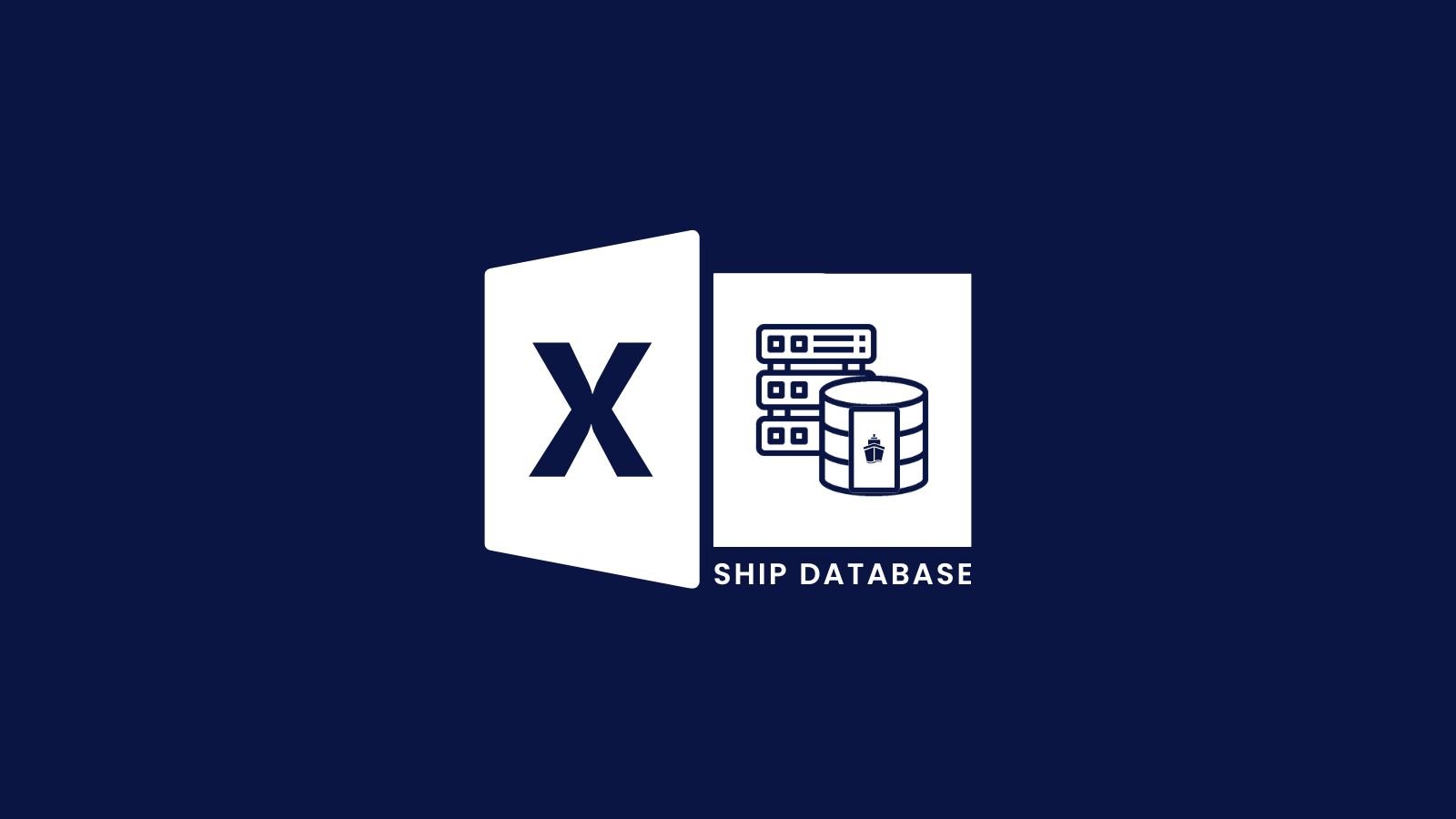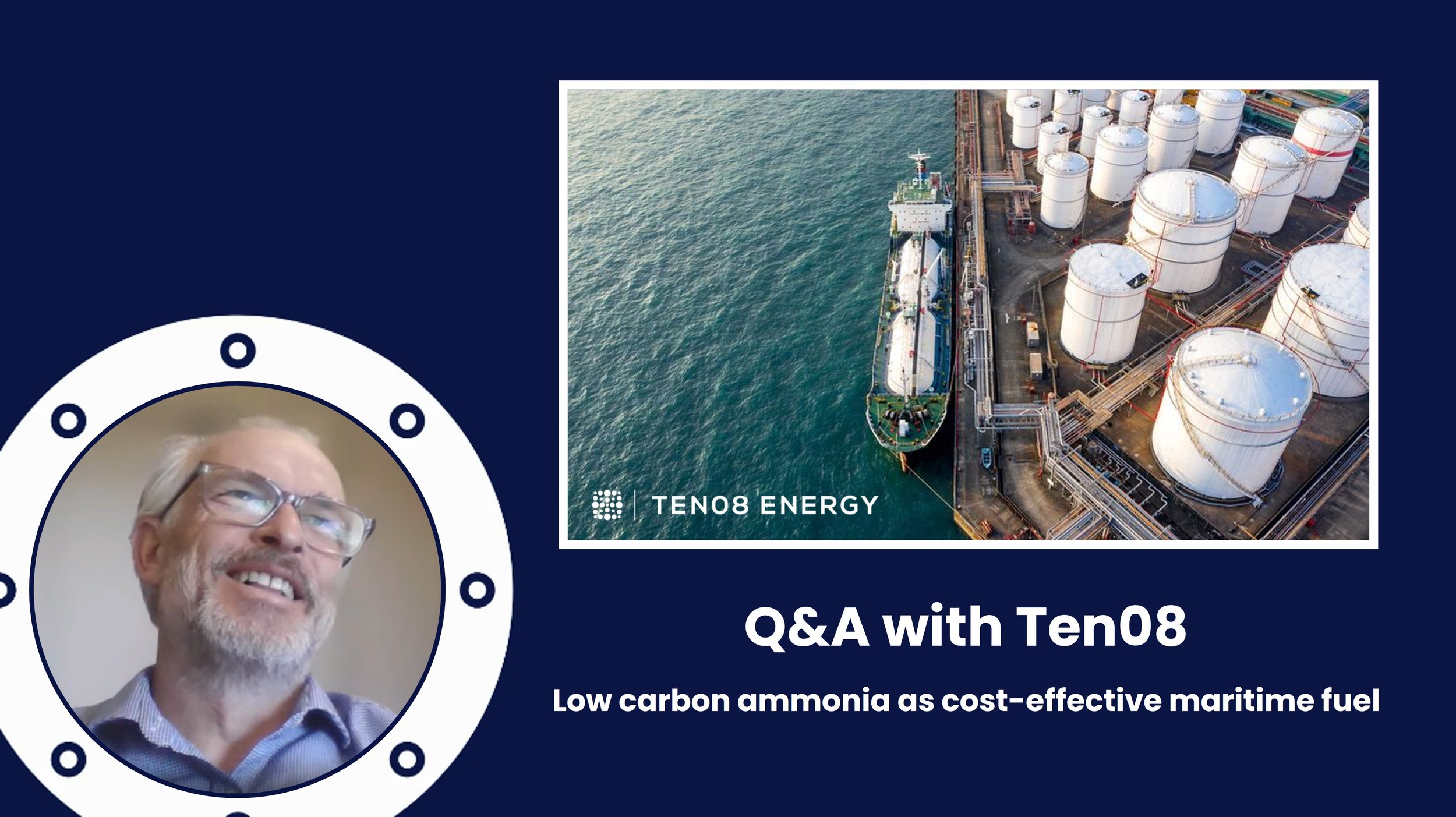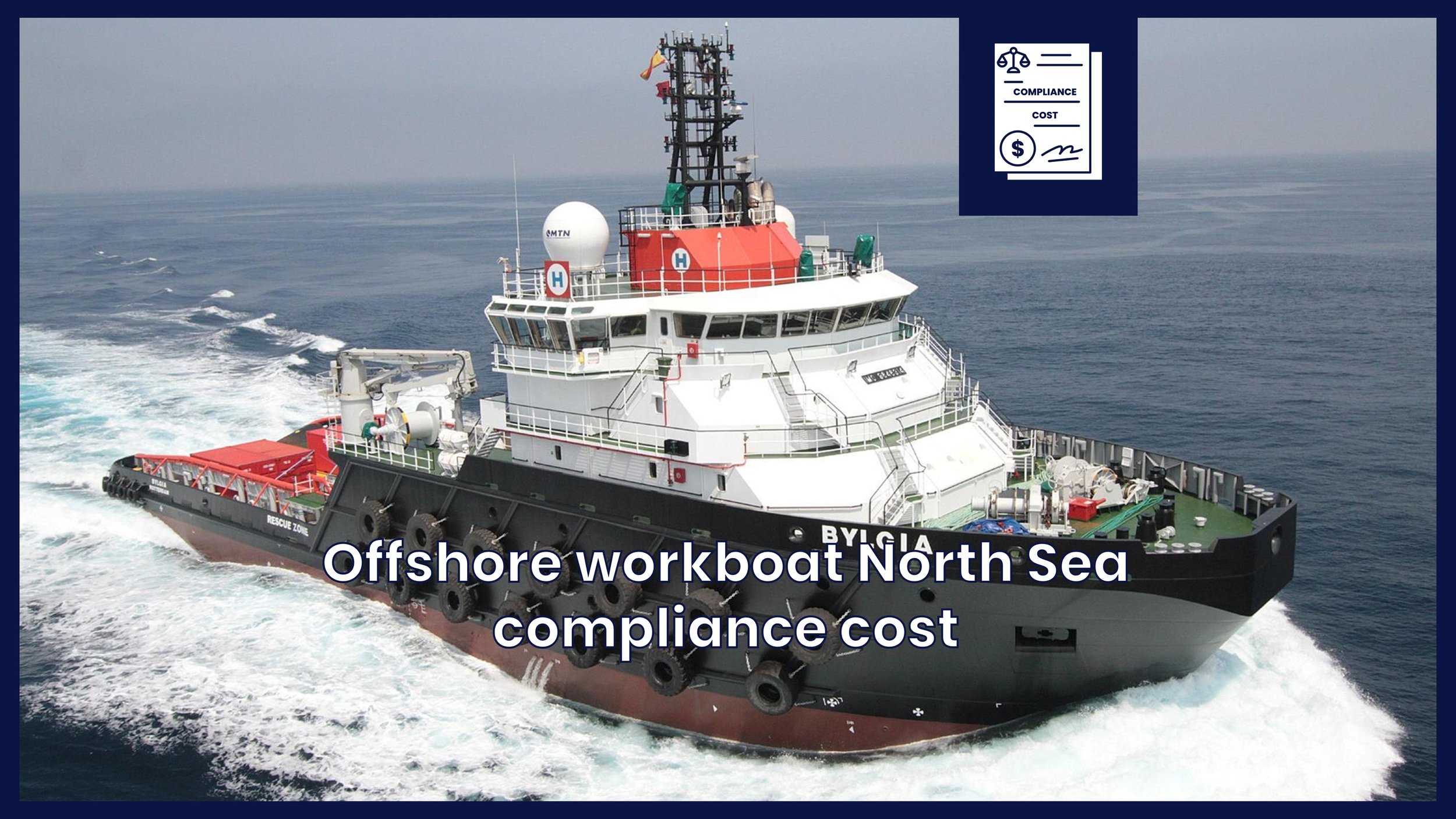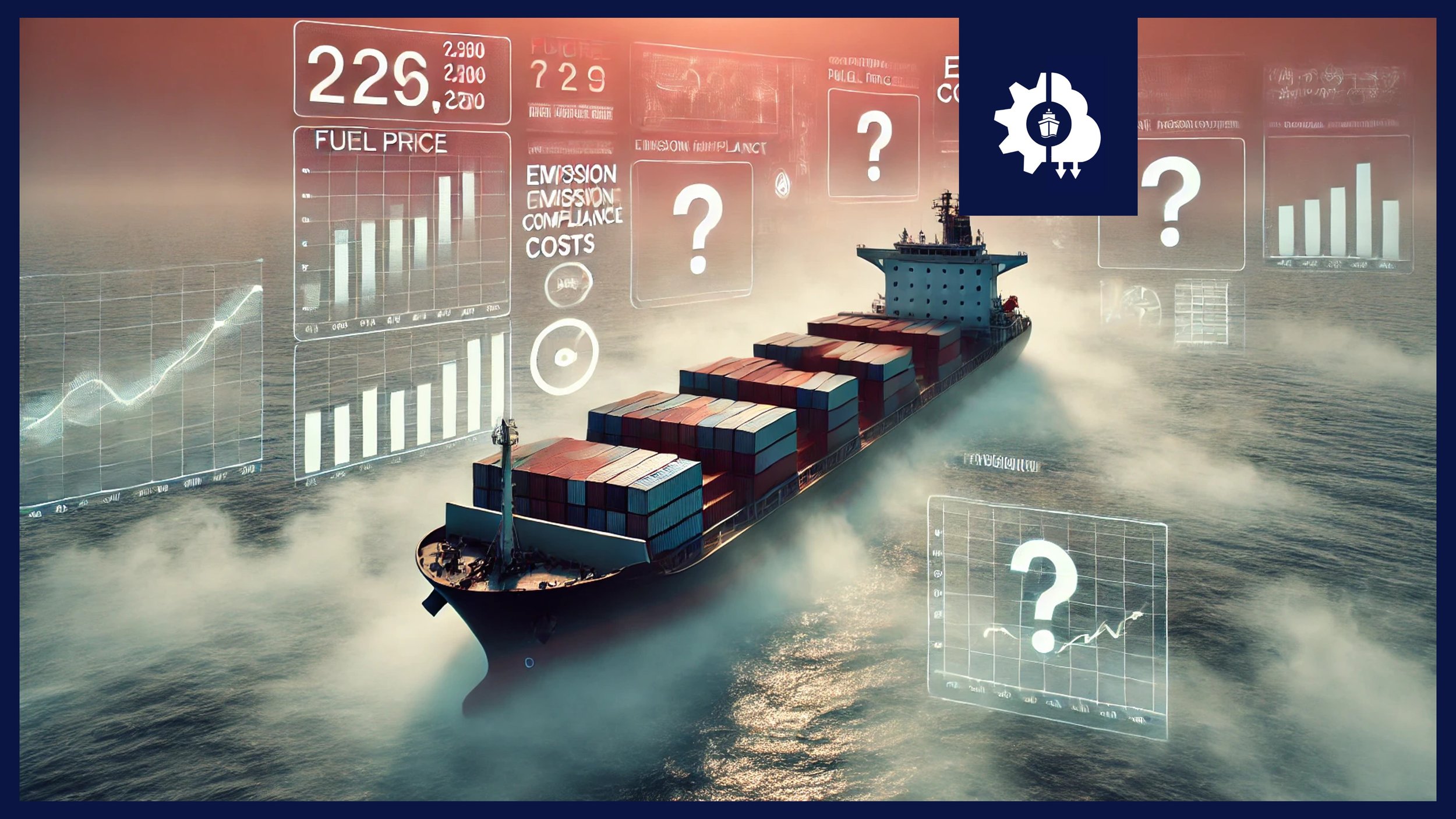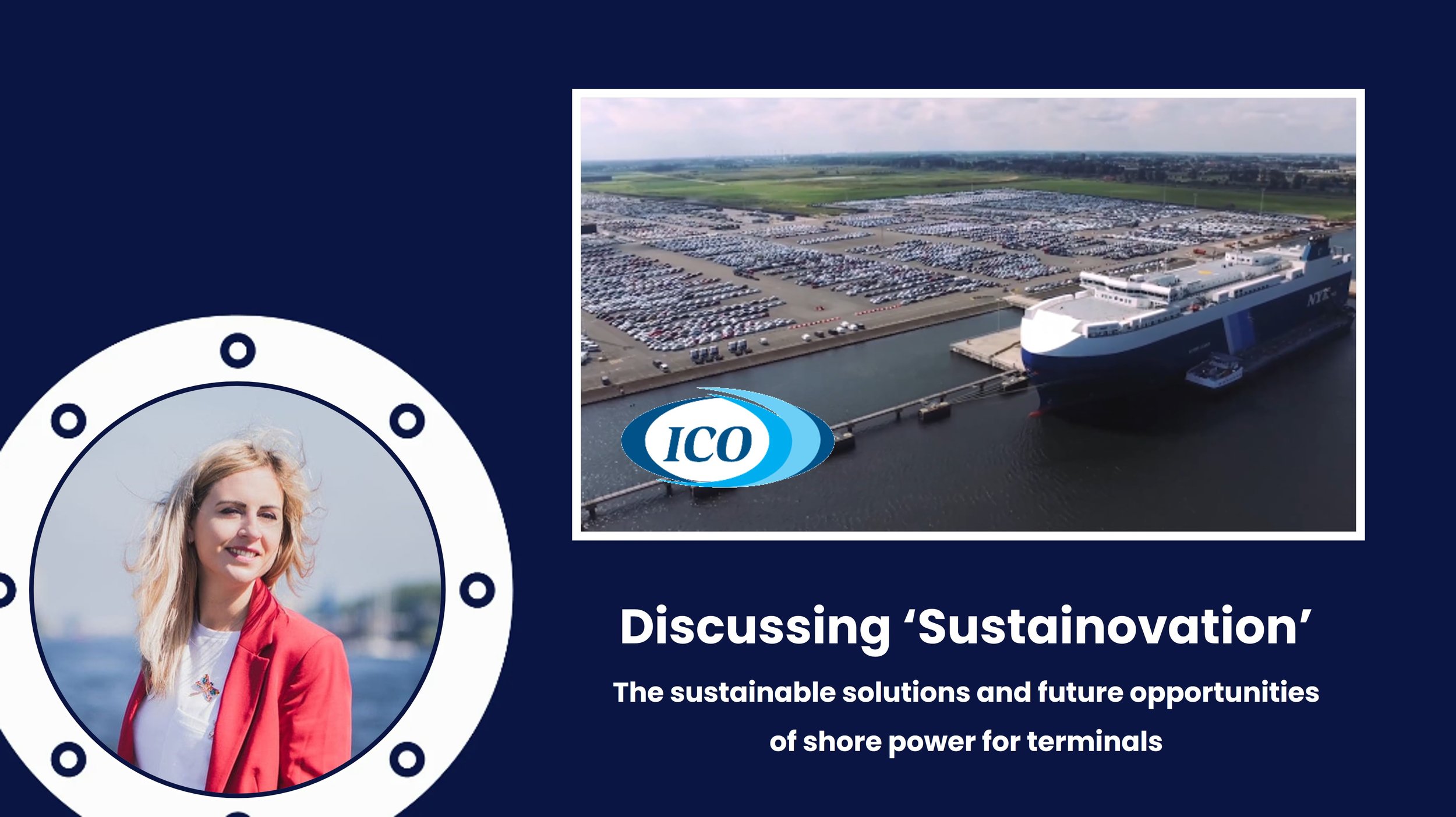Sustainable Ships Database
-
The Sustainable Ships Database contains detailed information on over 10,000 ships, including specifications such as gross tonnage (GT), deadweight tonnage (DWT), length, breadth, and draught. The database also covers Main Engine Aux Engine, Dimensions, additional equipment, cargo capacities. Additional data includes hull material, flag, port of registry, and ownership details. Users can also find information on passenger capacity, tank capacities, lifting equipment, and environmental performance metrics.
How the tool works
Watch the tutorial for a step-by-step explanation of the tool, or check the case studies below. Download the Excel model to further tweak your analyses. Contact the helpdesk for support and customization options.
Access premium tool and benefits
Check pay-per-use options if you don’t want to sign up

References
Hyperlinks and downloads for premium users only

